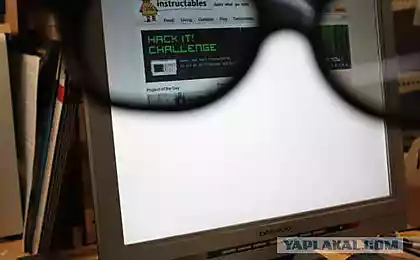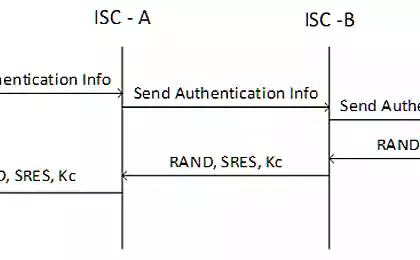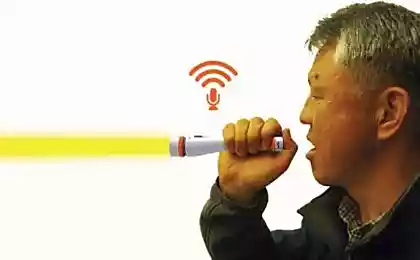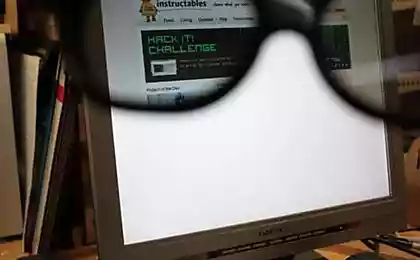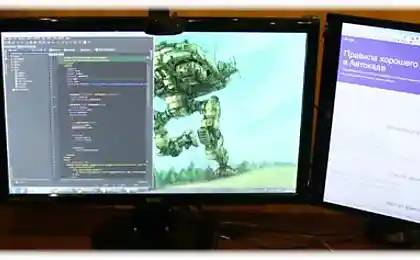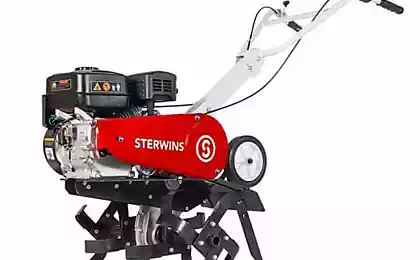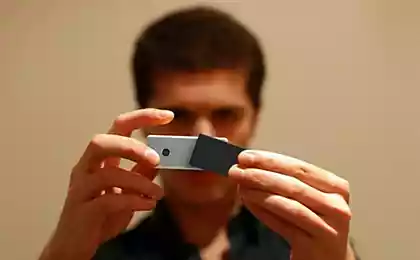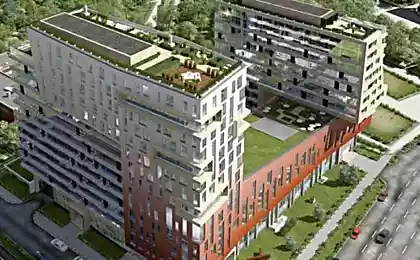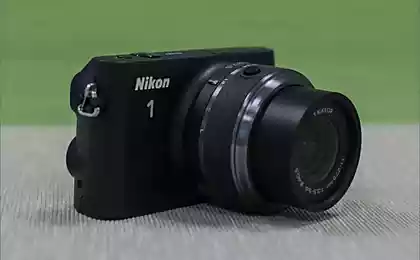1274
Li-Fi is preparing to compete with Wi-Fi
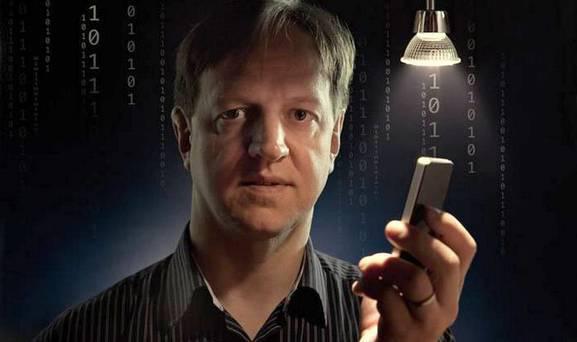
Communication by means of visible light (VLC) is already beginning to compete with Wi-Fi. Researchers from the University of Edinburgh, led by a recognized global authority on VLC, Professor Harald Haas show impressive progress in its development project « ultraparallelnyh communications using visible light," which uses arrays of LEDs of different colors to increase the speed of data transmission. The project worth nearly 6 million. Lbs funded by the British government. One type of VLC, data transfer LEDs Professor Haas dubbed Li-Fi - this term is considered settled.

Of course, now completely replace the common standard Wi-Fi quite easy. However, as described in Professor интервью edition of IEEE Spectrum , «All components, all the mechanisms already exist. It is only necessary to put them together and make it work. " On October conference IEEE Photonics Conference developers showed a working prototype of a system that uses red, blue and green LED light-emitting diodes. The data rate of the system was 110 mb / s. When they reached the one-way transfer speed of 155 MB / s.
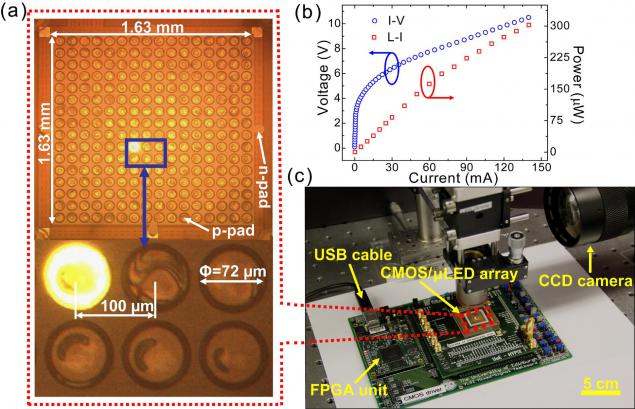
Haas said speed limit design LEDs available on the market and their use as both sources and light sensors. But the group was able to create an LED and achieve high speeds using separate avalanche photodiodes for signal reception. Such photodiodes amplify the received signal to them, since they only got photon triggers a cascade of electrons. With simple lens group can already transmit at a distance of 10 meters on the data rate 1.1 Gbit / s, and they expect growth rates up to 15 Gb / s - while as Wi-Fi standard 802.11ad capable of 60 GHz to give limit of not more than 7 GB / s.
Regardless of the group Haas in Germany Institute of Photonic Microsystems im.Fraungofera reported plans to demonstrate AP Li-Fi its development in November. Their technology is designed primarily to industrial customers rather than domestic use and will use infrared receivers and transmitters. The expected data rate - 1 Gb / s, which is comparable with data transmission over the USB-cable. For Wi-Fi reach such speeds is quite difficult. Besides, in Wi-Fi response speed is measured in milliseconds, while Li-Fi - microseconds. On the production response speed sensor and the speed of data exchange between sensors, actuators and control unit can be critical.
An interesting application of the technology has found the company Philips, разработавшая system based on VLC to help buyers supermarkets. Supermarket, they installed a system that offers customers download a smartphone application that helps them to make purchases. The system tracks the position of the buyer at the store, he builds a map of the path to the things that he needs to buy, and depending on its location it offers discounts on products that are nearby.

In addition to speed, the technology in VLC there are other advantages. Communications not penetrate walls, potentially protecting them from breaking. In this direct line of sight is not always necessary, you can use the light reflected off the walls. They can be used in areas sensitive to radio waves - airplanes, hospitals, nuclear power plants. Wi-Fi is almost exhausted the possible range of the radio waves and visible light range is about 10,000 times wider than the radio. It is also expected that the cost of receivers and transmitters VLC is noticeably smaller. The disadvantages of the system are a short distance, the need for direct line of sight to achieve high speed and possibly high cost of installation.
Source: geektimes.ru/post/241802/
Robots six years to depict people in three houses
ESA posted a sound probe Philae landing on the comet Churyumov-Gerasimenko

